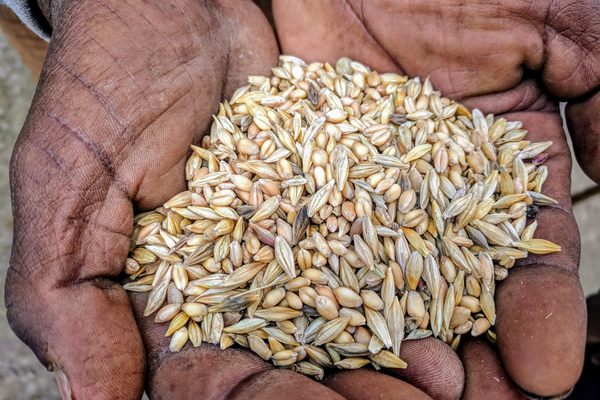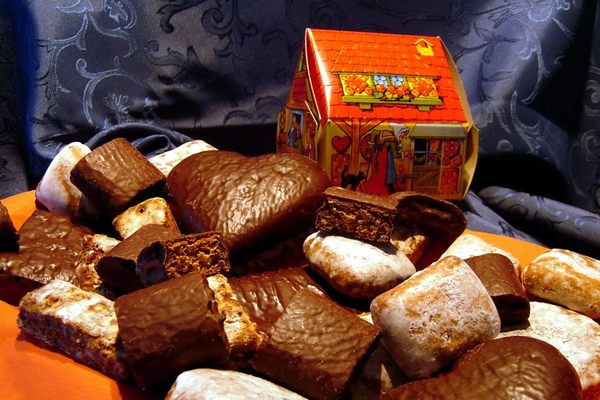German Researchers Are Investigating the Science Behind Soft-Pretzel Scent
With help from a dedicated panel of pretzel-smelling experts.

Working nine to five is no way to make a living, so why not quit your job and become a professional food smeller? These highly trained sensory savants are regularly hired by food manufacturers and scientists. They analyze the subtle pepper notes in coffee, the juicy, pear-like aroma of fine white wine, and—as in a study recently published in the Journal of Agricultural and Food Chemistry—the delectable whiffs of sweat and malt in freshly baked soft pretzels.
Researchers Sebastian Schoenauer and Peter Schieberle, both of Technische Universität München, hail from the heartland of the twisty bread, which began its life as a Catholic treat and is now a signature snack of Southern Germany. They began their project with a question many a visitor has wondered while passing a particularly fragrant Bavarian bakery: What makes soft pretzels smell so darn good? To find out, Schoenauer and Schieberle turned to the field of sensomics, the study of how chemical compounds combine to produce a particular scent sensation in the human brain.
After determining that the signature pretzel musk emanates from the brown outer crust, rather than the pale inner crumb, the researchers peeled soft pretzel skins, crushed them to a fine powder, and created an extract from the ground pretzels. Then, they used a process called aroma extract dilution analysis to identify specific odorous compounds within this perfume.

To test how people perceived the chemical components of pretzel-scent, researchers assembled a sensory panel. You don’t have to be a super smeller to join a sensory panel, but you do have to know your stuff. Sensory panels are comprised of trained scent or taste professionals, often recruited for scientific studies or product development. (They have their own professional society, in case you’re contemplating a career change.) In this case, panelists participated in weekly sessions designed to hone their nostrils into finely tuned pretzel-smelling machines.
Once the noses were honed, panelists did a blind sniff test of pretzel powder and wheat and rye bread, in order to test whether that signature pretzel scent is as distinct as researchers believed. All 17 panelists were able to recognize the difference between the scent of pretzel and bread, indicating that, indeed, the fragrant aroma of lye-dipped, salt-topped, fresh-baked twists of dough is truly unique among baked goods. Next, they used reference smells to identify and rank the intensity of different olfactory notes within the overall pretzel fragrance.
The results were wide-ranging. Testers could detect malty, buttery, mushroom-like, carrot-like, honey-like, cooked-potato-like, sweaty, and cheesy notes in the pretzel scent. The strongest of the 28 distinct scent sensations emanating from the pretzel dust were popcorn-like and fatty, followed by buttery, caramel-like, and sweaty, each corresponding to specific chemical compounds.
The researchers also attempted to artificially reproduce this buttery, sweaty scent, by combining key olfactory compounds with ethanol. (Creating, in effect, an eau du pretzel fragrance.) When sprayed in a room, the researchers wrote, this chemical cocktail produced “a very good pretzel aroma impression.” The researchers conjecture that they can eventually use this technology to enhance the aroma of baked goods. If you’re willing to undertake some serious nasal training (and relocate to Germany), you, too, could be well on your way to helping pretzel lovers enhance Bavaria’s most cherished of bready snacks.
Gastro Obscura covers the world’s most wondrous food and drink.
Sign up for our regular newsletter.


























Follow us on Twitter to get the latest on the world's hidden wonders.
Like us on Facebook to get the latest on the world's hidden wonders.
Follow us on Twitter Like us on Facebook